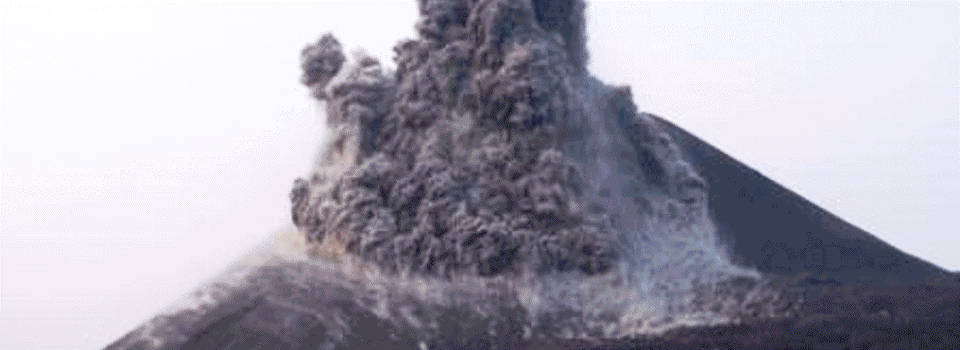Indonesia is an archipelago island country in Southeast Asia, lying between the Indian Ocean and the Pacific Ocean. It is in a strategic location astride or along major sea lanes from Indian Ocean to Pacific Ocean. The country's variations in culture have been shaped—although not specifically determined—by centuries of complex interactions with the physical environment. Although Indonesians are now less vulnerable to the of nature as a result of improved technology and social programs, to some extent their social diversity has emerged from traditionally different patterns of adjustment to their physical circumstances.
Welcome to black Rhino java Tour guide Indonesia.
Tour operator specialist Volcano & trecking,hiking,adventure and expedition tours
Tour operator specialist Volcano & trecking,hiking,adventure and expedition tours
The important thing of tourisme for the human,We are the team black rhino java providing free online information tours and travel giuide and progarame all indonesia archipelago destination. ECOTOURS As such as : sumatra,java,bali,lombok,kalimantan,sulawesi and irian jaya, :Our tour sevices especiality : krakatau-krakatau volcano-cracatoa-Krakataus tour,Ujung kulon Tour and abventure,Krakatau camping tour,Krakatau-ujung kulon tours, adventure,java Volcano tour Overland,Java - bali overland,birding tour,surfing tour,fishing and diving tour,Ciberang rafting -rafting ciberang Adventure as well as we service information Hotel and Accomodation during your holiday in carita.
KRAKATAU VOLCANO
The three outer island of the present Krakatau group [ Rakata,Sertung and Panjang ] are thougt tobetheremmants of one previous.Huge Volcanic island called " Ancient Krakarau ",it was some 11 km in diameter and 2 km high,according to history Javanese bookof KIng it exploded and collaps,perhaps in pre hitoric time but possible as recently as 416 AD.Three island remained on therim of it submerged,7 km diameter,central caldera [ collapse crater ].The southern most of these ,Rakata grew by volcanic activity untill it was about 830 mt high and 5 km diameter.Two smaller volcanic island ,Danan [450 mt] and Perbuatan [120 mt],than deveop in line to its North,within the ancient caldera ,the three islands later joined up in to one.Krakatau this about 9 km longand 5 km wide .There are record of seven eruption of Krakatau between the 9th and the 16th Century it was regarded as dormant.
UJUNG KULON
Ujung Kulon national park is one of the history facts of the ruins of Krakatau Mt,explosion in 1883which has known for it great explosion that continued to succesion of the growing of plants and wild life animals.Ujung Kulon National park also wellknown as home for javan Rhinocerous [Rhinoceros Sondaicus].Through surfey that was done by expert,it was found 700 kinds of flora and 57 kinds among them ere rare and endemic species.
SUNDA STRAIT- JAVA VOLCANO
Java is an island which is lies from sunda strait area in the west to bali strait in the eastern most,consisting smost active volcano in indonesia island Archipelago,krakatau located in sunda strait,Gn gede pangrango,tangkuban perahu,Papandayan Mt.are inclussion to west java area,and some volcanoes you might seen The popular in central java such as : Dieng plateau,Merapi Mt.both are easily to visit,The greatest volcano adventure is Bromo and Ijen plateau,in the east of java Volcano.Those are some of popular destination tour and adventure in java.
KRAKATAU CAMPING TOUR
Krakatau / krakataoa/ Krakatau child is one of the most active indonesian volcano,almost once a year as ever seen it is always active.Krakatau explossion can be visited any time ,but the impressive view might be you get espesiality by doing night trip [ 2 d/ 1 n ] .feels of the freshness krakatau during night and taste of the sea food while enjoying dinner at a side of the Krakatau volkano




